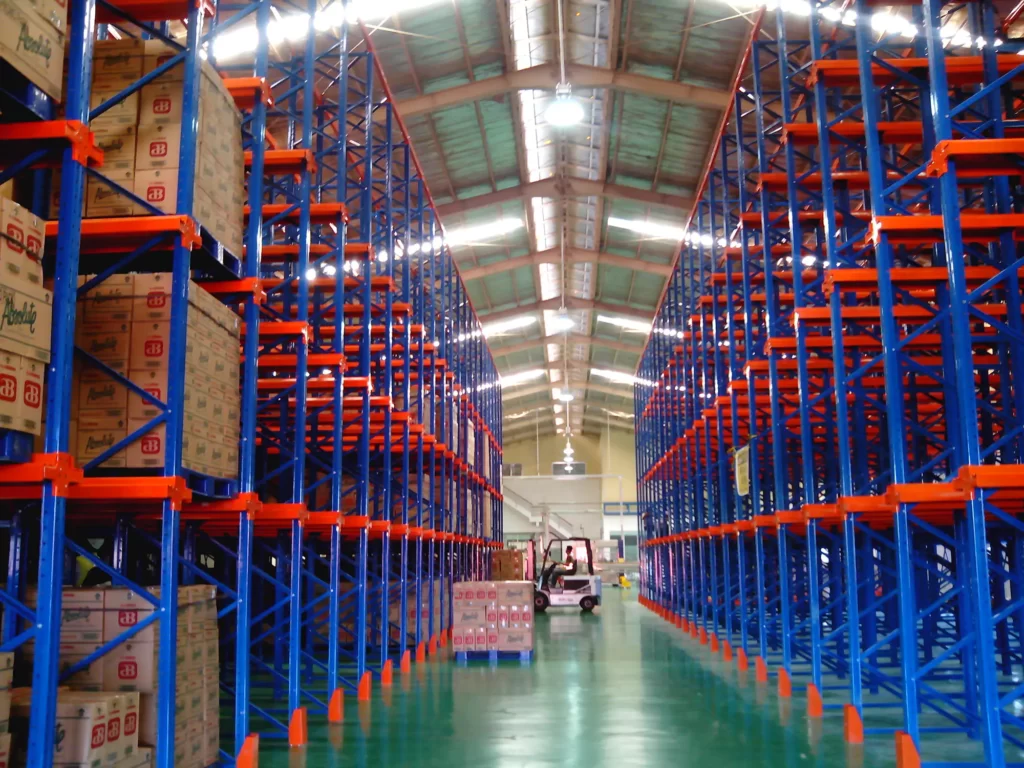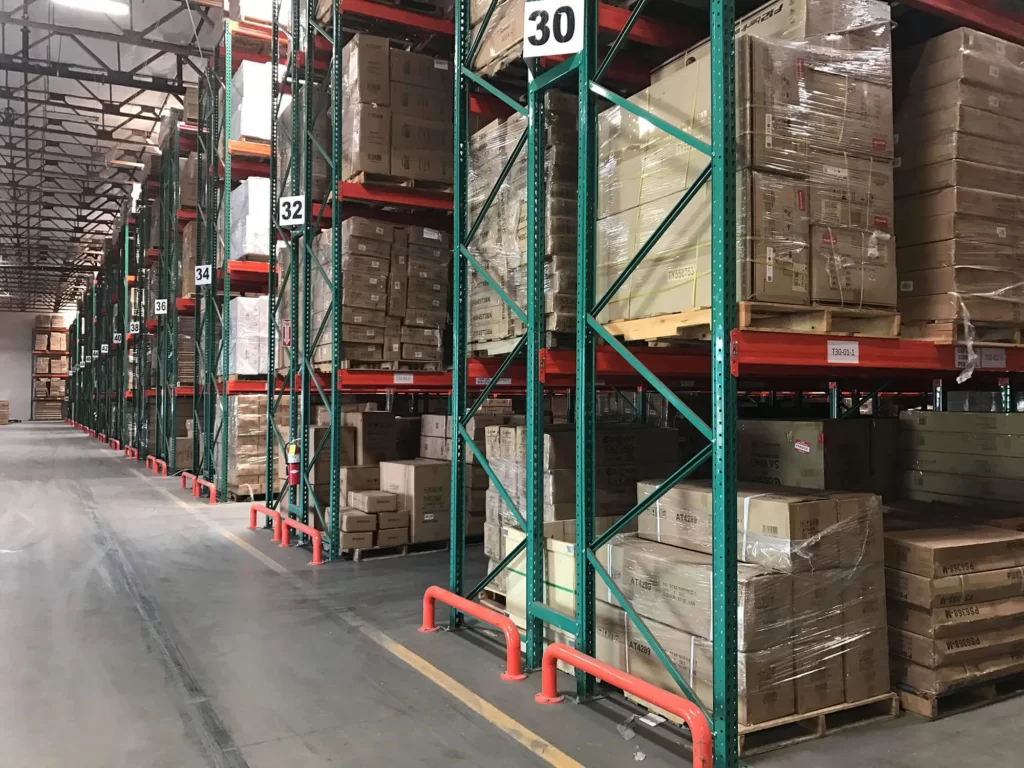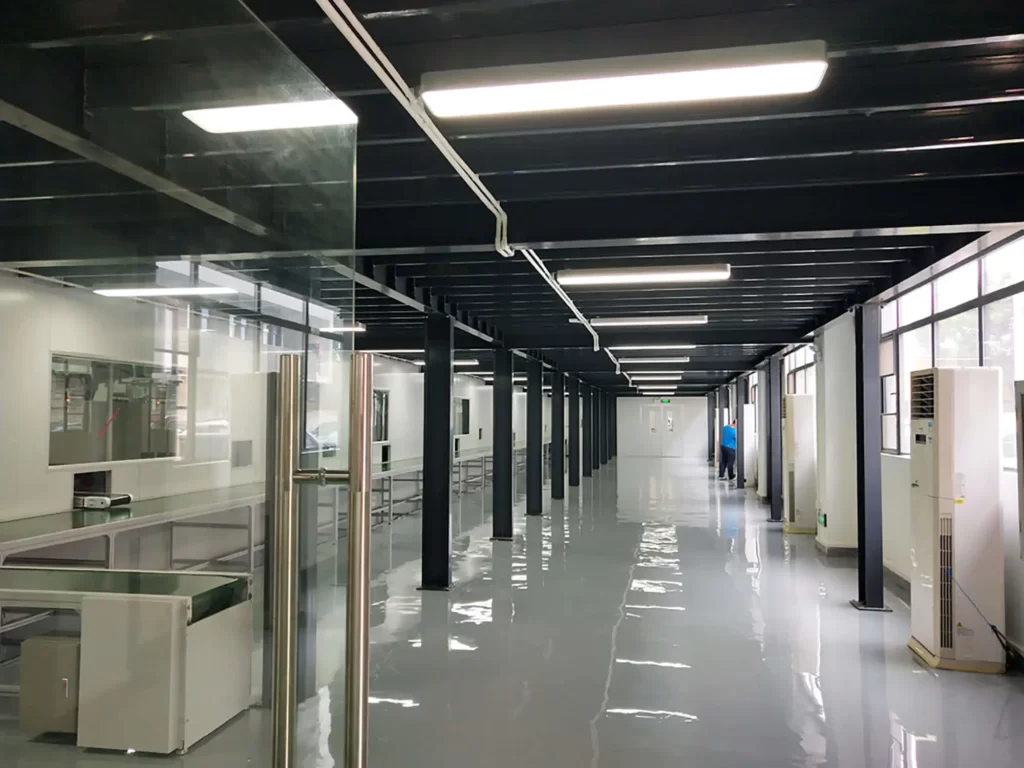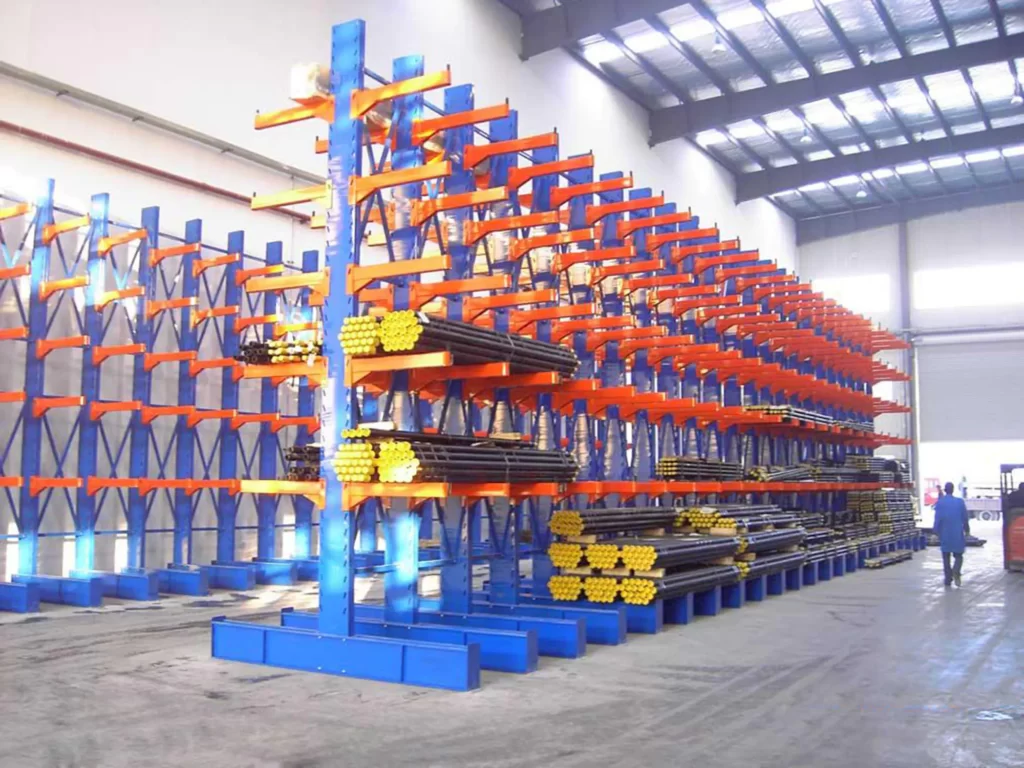Proper storage of clothes is very significant for inventory quality, space utilization, and efficiency of operation. It becomes easier to do stock management, order picking, and product condition maintenance when clothes are stored in the right manner. Herein, this article will walk you through the key steps necessary to set up an effective clothing storage system within your warehouse.
Preparing Your Warehouse for Clothing Storage
Before you actually start storing your goods, you have to prepare the space. Here’s a starting point for setting up your warehouse and efficiently storing garments:
- Thorough cleaning: Clean the whole warehouse, removing dust, debris, and all other forms of contaminants that may cause any form of damage to clothes.
- Assess your space: Measure your available space, then draw a floor plan on paper. It is easy to visualize the best layout for your storage systems this way.
- Identify problem areas: Things to look out for are leaks, poor lighting, and areas that invite pests. Address these problems before setting up your storage.
- Light up: Your warehouse should be well-lit, with lighting everywhere necessary. It will be easier to find and inspect items in the clothing.
- Provide ventilation: Air flow is very important when it comes to the treatment of clothes. Install fans or an HVAC system if necessary. Create designated areas: A receiving, storage, packing, and shipping area should be clearly demarcated to ease your operations.
These steps will set a good foundation for an effective clothing storage system in your warehouse.
Choosing the Right Storage Systems
Storage selection plays an important role in space optimization and keeping clothes organized. Here are various storage options for clothing items, which would be ideal for a warehouse setting:
- Hanging racks: These are good to go for those items that shouldn’t be wrinkled, like suits, dresses, and all other formal wear. Find strong, adjustable racks that can fit clothes of different lengths.
- Shelving units: Great for folded items such as t-shirts, jeans, and sweaters. Choose units with adjustable shelves to store different heights of stacks.
- Bin Storage: Ideal for small items such as socks, underwear, and accessories. Clear bins are better for easily visualizing what is inside them.
- Pallet racking: Good for bulk storage of boxed items. Make sure the racking is solid and will support the weight of your inventory.
- Mobile storage systems. These compact units travel on tracks and need not require several aisles.
- Vertical storage: By exploiting the height of your warehouse, make much more of it with high shelving units or mezzanine floors. Special garment containers: Utilize special garment storage containers for sensitive or expensive clothes.
When selecting and choosing, you have to decide on the type of garments that you are going to store at your location, the layout of the warehouse, and the budget. Choose, mix, and match the storage solutions to create a system that best suits you.
Organizing Clothing by Category
The good categorization of the clothes will enable one to lay hands on them whenever one needs them. Divide the clothes into broad categories, such as tops, bottoms, outerwear, and accessories, and thereafter create subcategories in each broad category. For example, under “tops,” you can have tees, blouses, and sweaters.
Within categories that do have subcategories, organize items in each of those subcategories by size, from smallest to largest. For further visual identification, one can color-code using colored hangers, bins, or labels.
Where possible, separate seasonal clothes to ensure rotation is easy. Store special collections or limited edition merchandise in special areas for easy tracking. Place fast-moving items in easy-to-reach locations to expedite the orders.
Designate a specific area for returns and items to repair or inspect. This way, all lots of your clothes will be put in order, building a logical system that allows the warehouse personnel to locate an item easily and retrieve it.
Implementing an Effective Inventory Management System
Proper inventory tracking and management are crucial for efficient clothing storage in a warehouse. Here’s how to set up an effective system:
- Employ inventory management software: Invest in a good, reliable system for real-time tracking of stock levels, locations, and movements.
- Barcoding: Assign a unique code to every item or SKU, whose scanning is easily possible.
- Regular Inventory: Perform regular stock counts to reconcile your physical inventory with what’s in the system.
- First-in, first-out method: This is applied to ensure that older stock is sold before the new items to avoid having obsolete inventories.
- Set reorder points: Establish minimum stock levels that trigger automatic reordering to prevent stockouts.
- Key Metrics: Follow key metrics, like turnover rate, best movers, and slow-moving stock that will help in making purchase decisions.
- Train employees: make sure all warehouse personnel are properly trained regarding your inventory management system and all processes.
- Mobile Devices: Mount mobile devices on the person for instant updates and easy stock checking in the warehouse.
An effective system of inventory management will enable you to maintain appropriate stock levels, cut errors, and enhance efficiency at the warehouse level.
Maintaining Proper Climate Control
The quality of the clothing will be preserved in storage only if the proper temperature and humidity conditions are maintained. Store your items in a warehouse between 60-80°F (15-27°C), with the least possible extreme fluctuation of temperature. Store at 30-50% relative humidity. Too much moisture can cause mold to grow, and too little can make fabrics brittle.
Eliminate extra moisture from the air by using a dehumidifier in climates that are humid. Place thermometers and hygrometers around your warehouse to monitor temperature and humidity levels.
Insulate your warehouse to maintain constant temperatures while keeping energy costs lower. Have heating, ventilation, and air conditioning systems serviced on a regular schedule to promote efficiency. Utilize fans that will promote air movement and prevent ‘dead spots’ where moisture can accumulate.
Of course, some materials- leather or fur, for instance- require special conditions of storage. If that is the case, you will want to think about developing areas with segregated and climate-controlled settings. Proper climate control in storage will protect your clothes from deteriorating in quality.
Protecting Clothing from Dust and Pests
Maintaining clean, pest-damage-free stored garments is directly related to inventory quality. Some of the ways this can be achieved include:
- Regular cleaning: Establish a routine cleaning schedule for your warehouse, including dusting shelves and vacuuming floors.
- Protective covers: Allow hanging items in breathable garment bags that protect them from dust.
- Sealed containers: Folded items are kept in sealed plastic bins or boxes to keep dust from accumulating.
- Pest control: Follow an integrated pest management strategy including routine inspection and treatment.
- Natural deterrents: Apply cedar blocks or lavender sachets as natural pest deterrents in storage areas.
- Proper sealing: All the windows, doors, and other apertures should be closed appropriately to avoid pest entry.
- Food restriction: Food should strictly not be allowed in the storage rooms as this will attract pests.
- Immediate action: If you happen to notice some signs of pests or too much dust in order to prevent general infestation.
These will prevent your lot of clothes from getting damaged by dust or pests and keep them fresh and clean.
Ensuring Easy Access and Retrieval
Ease and speed of retrieval are fundamental to efficient operations within the warehouse. All storage unit labels should be large and easily read. Storage areas should be set up to make the most sense for your operations, placing frequently accessed items in easy-to-reach locations.
Ensure that the aisles between storage units are wide enough for easy movement of personnel and equipment. Set up a warehouse management system that can guide staff toward the locations of items as quickly as possible. Consider the installation of pick-to-light systems to speed up order picking for frequently ordered items.
Employ rolling racks and bins for products that are moved out consistently. Design workstations and storage locations for ergonomic efficiency to minimize strain on employees. Be willing to reconsider your layout and reorganize based on changes in inventory and order patterns.
Paying attention to easy access and retrieval will get the orders fulfilled faster, and decrease the chances of errors taking place within your warehouse.
Regular Maintenance and Inspection
Long-term efficiency relies on routine checks and maintenance of the storage area. The how and why of this are described in the following.
- Prevent issues: Regular inspections can catch potential problems before they become major issues.
- Maintenance schedule: Racks to forklifts to climate controls, every piece of equipment should be put onto a routine maintenance schedule.
- Clean regularly: As part of the maintenance process, keep the warehouse dust and debris-free.
- Check for damages: Have routine checks of the apparel stored to inspect any tears, stains, or insect infestations.
- Rotation of Stock: Rotate clothes to prevent them from staying too long in the same position, where falling or wrinkling may take effect.
- Update the inventory: Avail of these inspections to update the inventory records and highlight discrepancies.
- People development: regular training to the staff on handling and storage to high standards.
- Safety Checks: Fire extinguishers, first-aid kits, and other safety equipment must be in good condition and ready for immediate use at all times.
Regular checkups and maintenance will ensure that your warehouse stays efficient, safe, and well-organized.
Conclusion
The efficient storing of clothes in a warehouse is quite a complicated process, including lots of planning and follow-through. Thus, proper preparation of the warehouse, proper selection of storage systems, arranging clothes effectively, following good inventory management, maintaining climate control, dust protection, and pest protection, assuring easy access, and regular maintenance these things combined give highly efficient storage.
Remember, the key to success is in continual improvement. Continuously monitor your processes and accept changes when necessary as your business is growing. By doing so, you will definitely be ready for space maximization, quality clothes, and a smooth and efficient flow in the warehouse.








